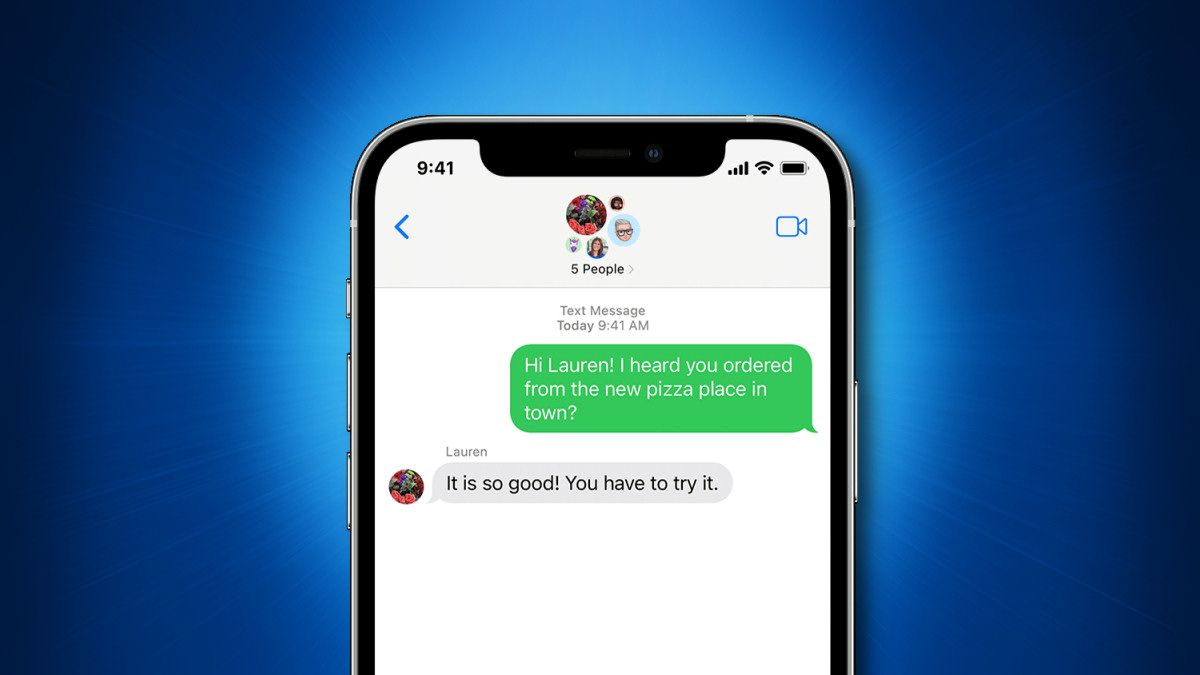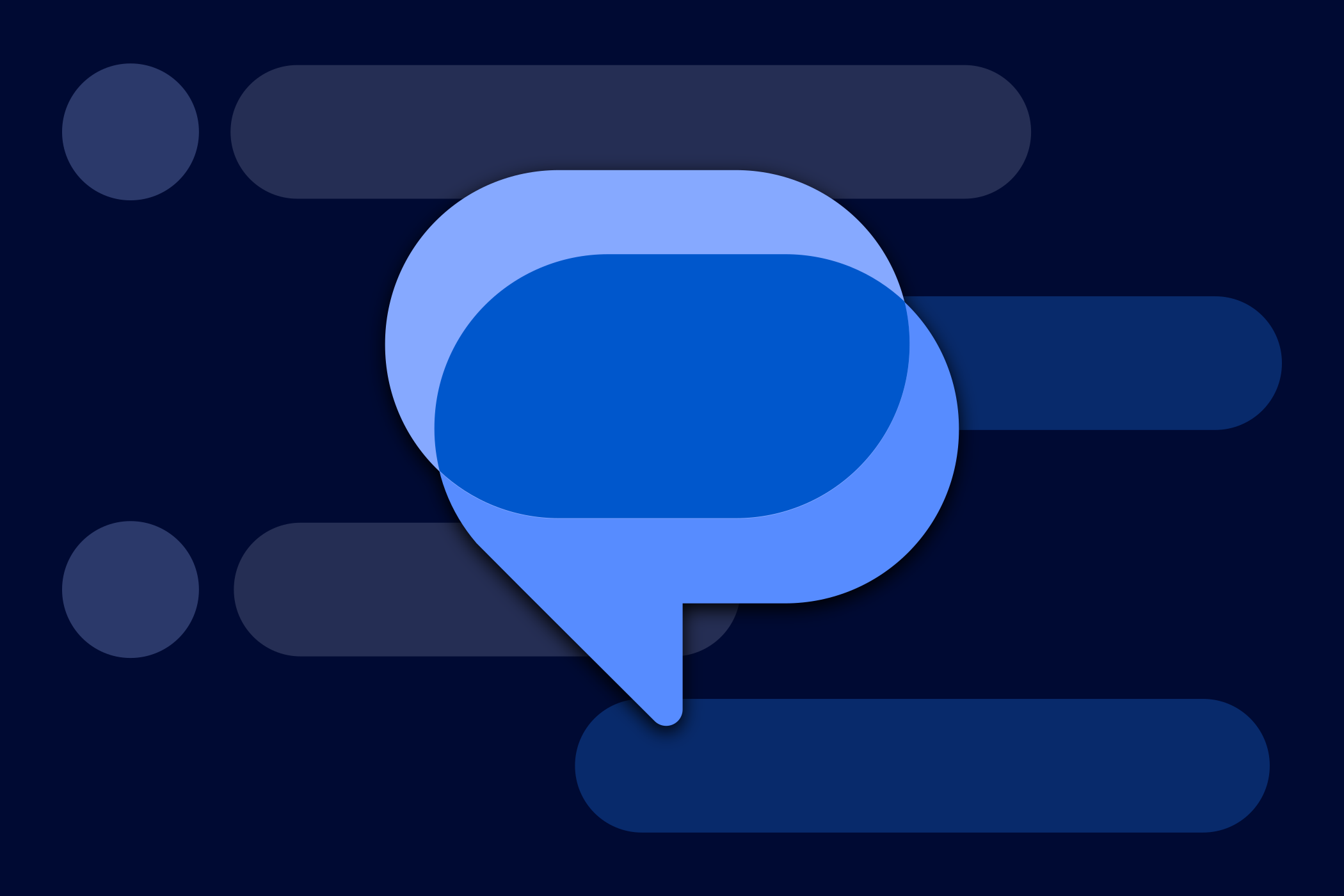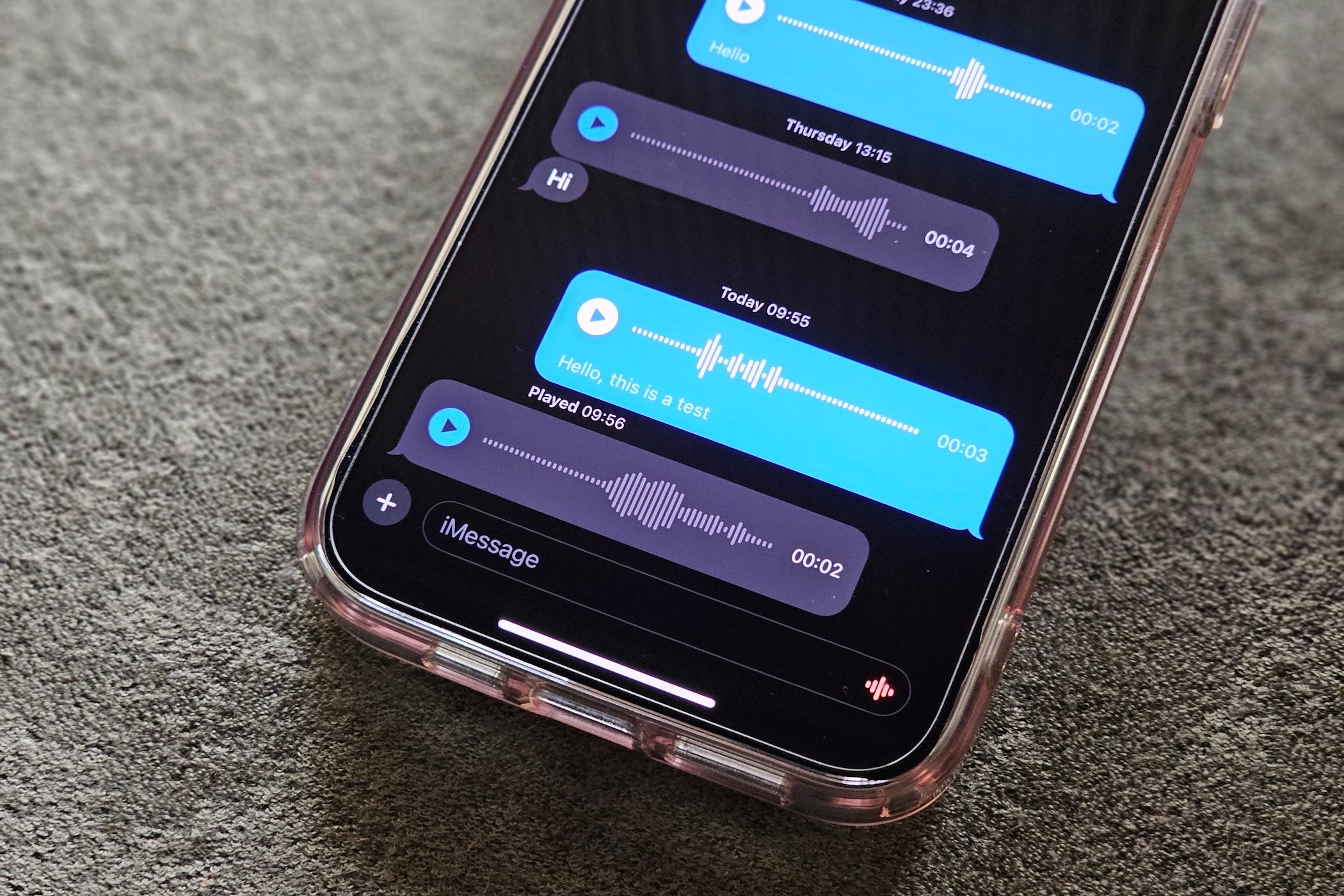For years, iPhone users have teased Android folks about their green bubbles. Now that Android phones have nearly universally switched to RCS, and Apple has finally adopted it, Google could flip the narrative and make iPhone owners green with envy.
I Used to Be Embarrassed by My Green Bubble
I love using Android, but for a long time, I hated texting on it. And can you blame me? Texting on Android used to be pretty rough. For the most part, it ran on old SMS and MMS tech, so you had to deal with things like no end-to-end encryption and tiny media file sizes. It also didn’t have modern features like read receipts or typing indicators.
Even when RCS eventually launched, the roll-out was a mess. Some carriers had their own versions of RCS that didn’t work well with others, while some didn’t bother supporting it at all.
Meanwhile, iPhone users had iMessage, which was seamless and packed with all the coolest features, and when those features collided with Android’s outdated SMS standard, it was chaos.
I didn’t experience the worst of it since people where I live alternate between default and third-party messaging apps. I could easily pivot to WhatsApp when I needed to chat with a friend who used an iPhone.
But in the U.S., where practically everyone uses the default apps, it was a nightmare. Photos got compressed into oblivion, reactions showed up as separate messages, and group chats were impossible to manage.
It was so bad for so long that it became ingrained in our collective psyche: blue bubble, good; green bubble, bad.
RCS Has Changed The Game
However, now that there’s a universal RCS profile and Apple has been strong-armed into adding support for it, texting on Android isn’t the nightmare it used to be.
You can now send photos and videos without them looking like they were taken on a flip phone in the 90s. Reactions work without sending a separate message, and you can see typing indicators and read receipts.
Green Bubble Shame Still Exists, But Google Can Fix That
But even though texting between iPhone and Android is now leagues better, Apple still sticks us with the same old green bubble. They didn’t even give it a different shade to show that it’s RCS (and knowing Apple, I’m willing to bet that’s intentional.)
What this means is that my iPhone friends still look down their noses at my green bubbles, and if I’m being honest, I’m still somewhat embarrassed by them, too. Maybe it’s the years of conditioning, but something about that green bubble still makes me cringe.
Fortunately, Google’s on a mission to give green bubbles a reputation rinse, and I’m all for it. They’ve positioned Google Messages as the future of RCS, and they’re making cool improvements to the app that could make iPhone users jealous of the green bubble. In my opinion, here are some things that could give them an edge.
Exclusive Features Could Make the Green Bubble Cool
Google Messages already has some exclusive features that make texting on it a unique experience. There’s Voice Moods, which lets you add animated emojis to your voice notes for extra context, Smart Suggestions which lets you quickly reply to messages, and Custom Bubbles which lets you change the color of your text bubbles.
Thanks to these features, Android users don’t always have to feel like they’re missing out compared to their iPhone buddies.
However, the exclusive features don’t have to end there—it could get even better. For one, I’m still hoping Google will add its version of iMessage games and Animoji. I am also looking forward to disappearing messages, viewing media, and maybe even texting streaks.
Google Messages Could Give You The Interoperability iMessage Never Will
Imagine if you could send a message in Google Messages, and it showed up in your friend’s favorite messaging app—whether that’s WhatsApp, Messenger, or Telegram—without you ever needing to download or sign up for it.
That’s the kind of seamless interoperability Google is eyeing. They’ve already announced plans to adopt Messaging Layer Security (MLS), a system that lets you securely message people using other apps, and developers have even spotted MLS-related code in Google Messages.
It’s not just Google—WhatsApp is thinking about cross-platform messaging, too, so this could soon be the norm for all messaging apps.
But not iMessage. Apple is famous for keeping everything inside its walled garden. Just look at how long they resisted adopting RCS. If that’s anything to go by, chances are they won’t be jumping on MLS anytime soon.
This could mean that while the rest of us are enjoying cross-platform messaging, iPhone users might be the ones left out for a change.
Google Messages Needs to Move Beyond Being ‘Just’ an SMS App
If Google Messages is going to compete with iMessage, it needs to shed the image of being “just an SMS app.”
Android has a history of relying on SMS for texting. When Google Messages became the default texting app on Android, it inherited that perception. Now, many people see Google Messages as a simple SMS tool rather than a fully-fledged messaging app, and that distinction matters.
In fact, most people I know only use SMS to receive verification codes, bank alerts, or messages from their carriers. Actual conversations via SMS? That only happens when the person they’re texting is somewhere without Wi-Fi.
This association with SMS is especially strong outside the US, where people often skip Google Messages altogether in favor of third-party apps like WhatsApp, Telegram, or Signal.
Take my parents, for example: even though I’ve explained that they can text me on Google Messages, they still prefer WhatsApp. For them, Google Messages is purely a utility for SMS banking and one-time passcodes.
If Google Messages is going to outdo iMessage, it has to break away from this “SMS-only” image.
Then there’s the issue with iPhone users. For Google Messages to become more universally appealing, Apple users need to embrace RCS. But there’s a problem: a lot of iPhone users still haven’t updated to the latest version of iOS, or they simply haven’t turned the feature on. Google Messages needs a strategy for getting iPhone users on board, or it’ll always feel like it’s lagging behind the competition.
The green bubble vs. blue bubble debate has been raging for the better part of a decade now, with Android on the losing side. However, with the adoption of RCS, the dynamics have shifted, and if Google plays its cards right, green might just become the new blue.
This articles is written by : Nermeen Nabil Khear Abdelmalak
All rights reserved to : USAGOLDMIES . www.usagoldmines.com
You can Enjoy surfing our website categories and read more content in many fields you may like .
Why USAGoldMines ?
USAGoldMines is a comprehensive website offering the latest in financial, crypto, and technical news. With specialized sections for each category, it provides readers with up-to-date market insights, investment trends, and technological advancements, making it a valuable resource for investors and enthusiasts in the fast-paced financial world.



